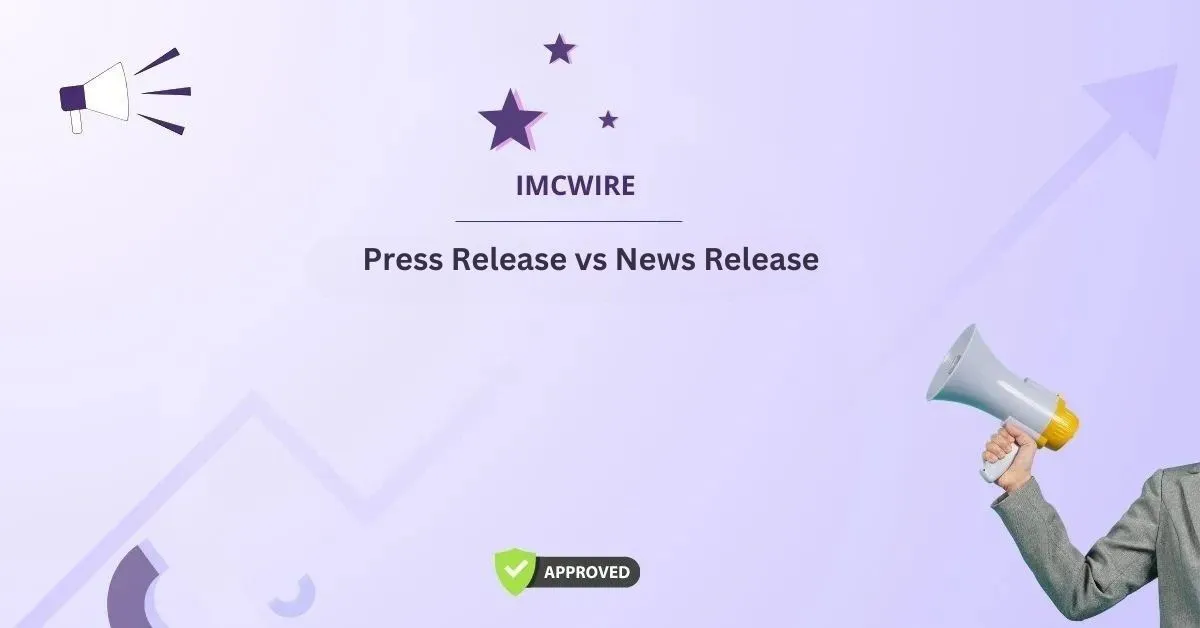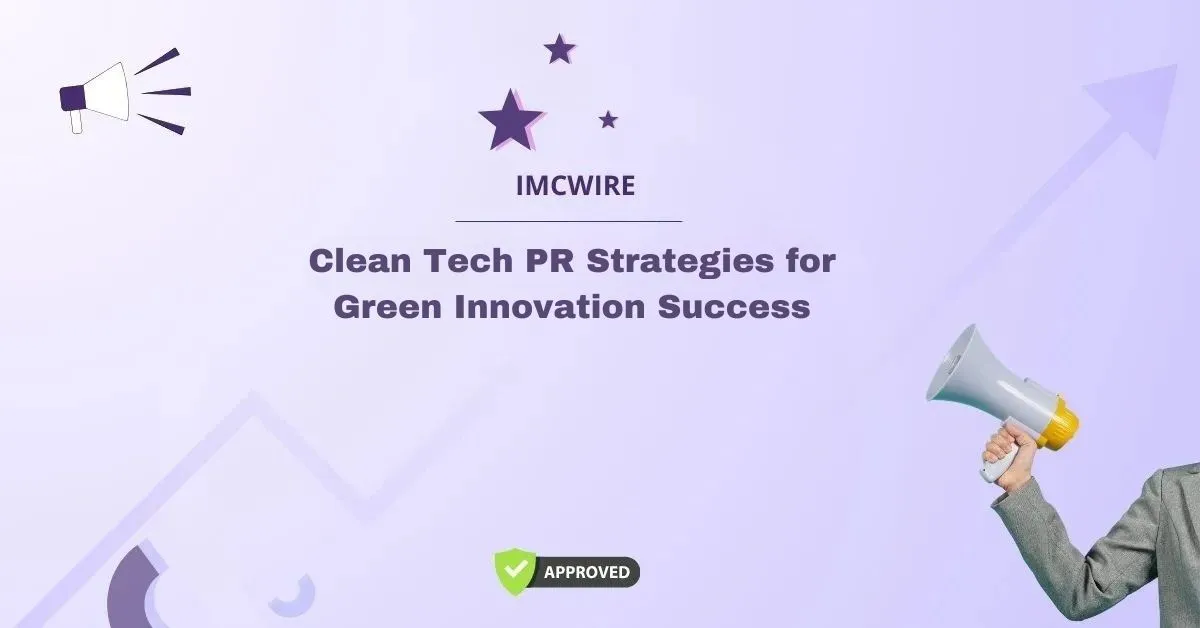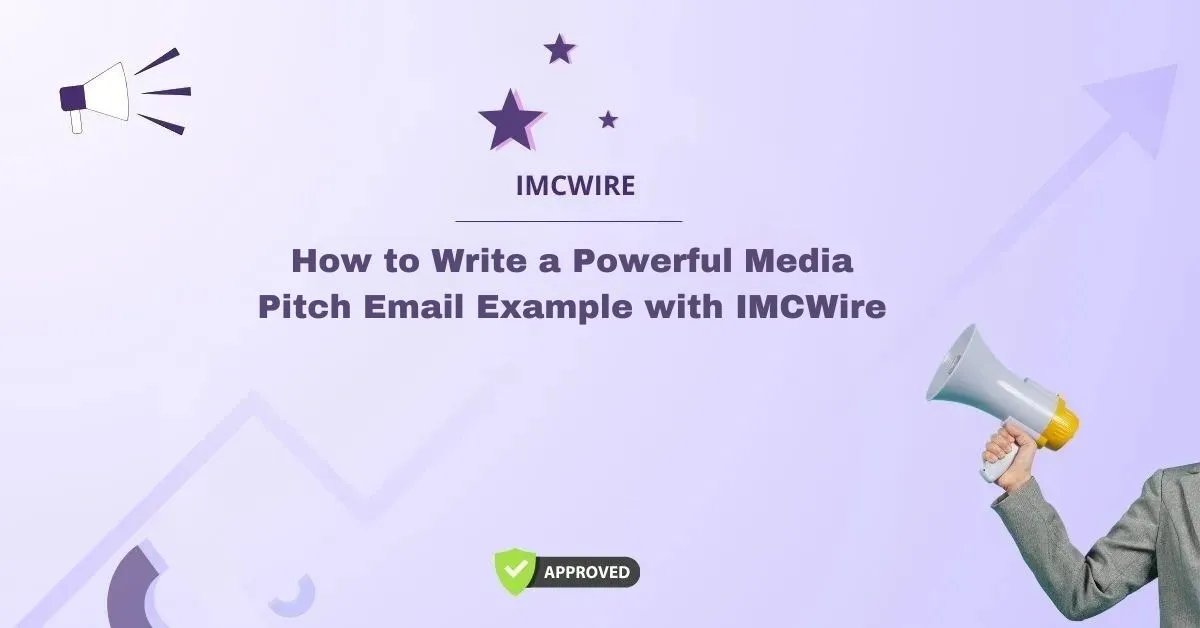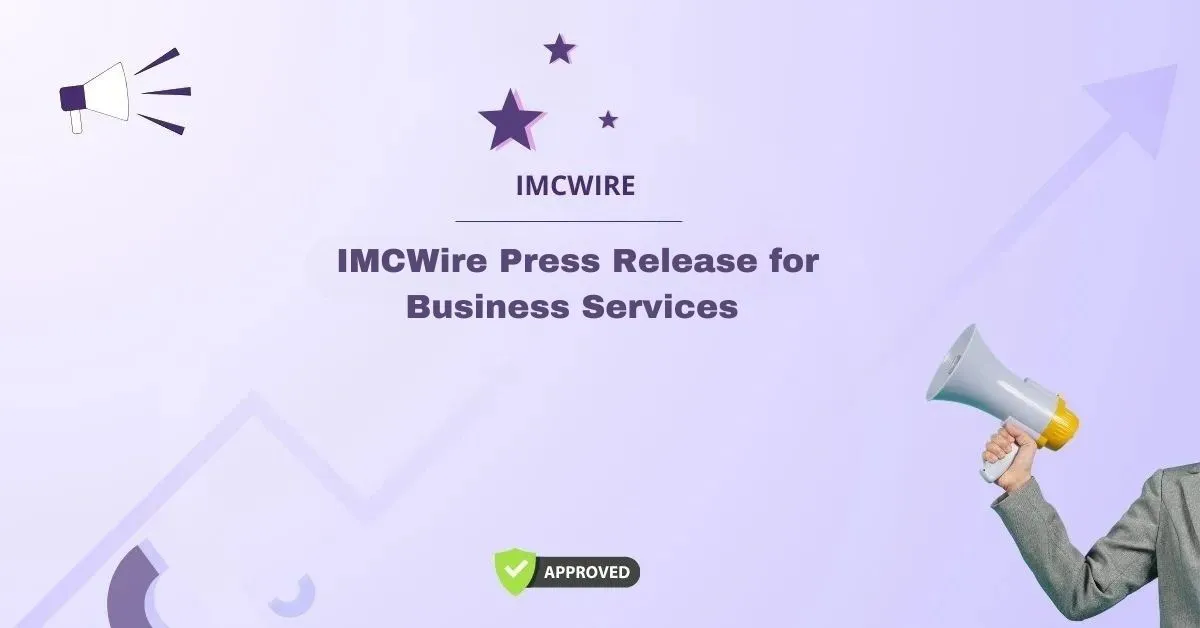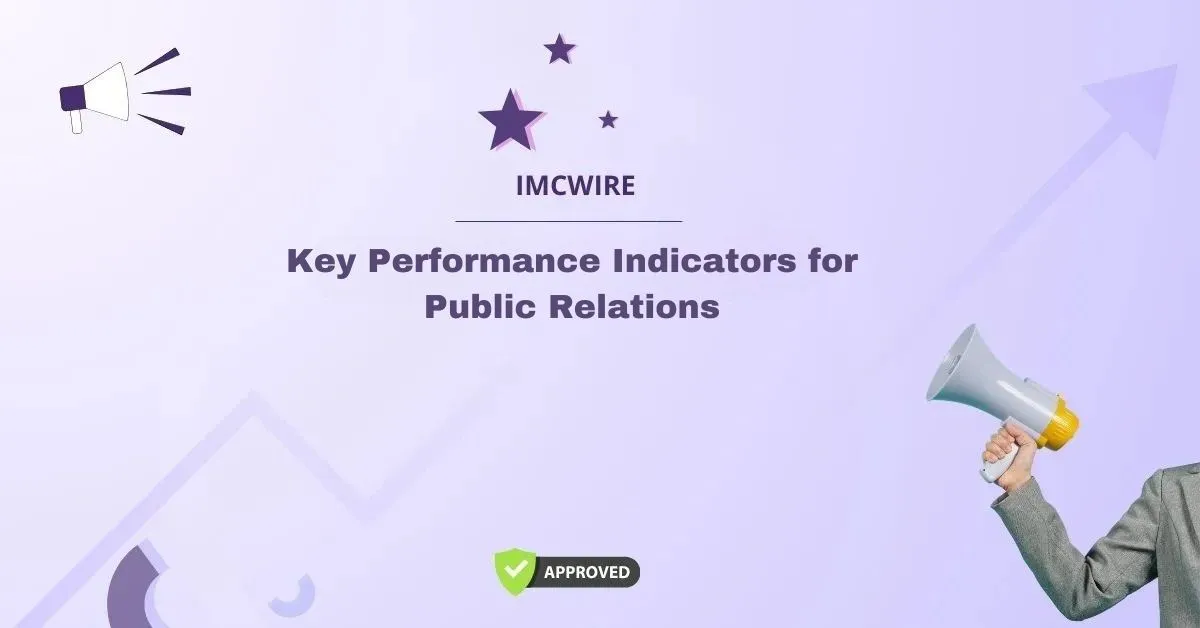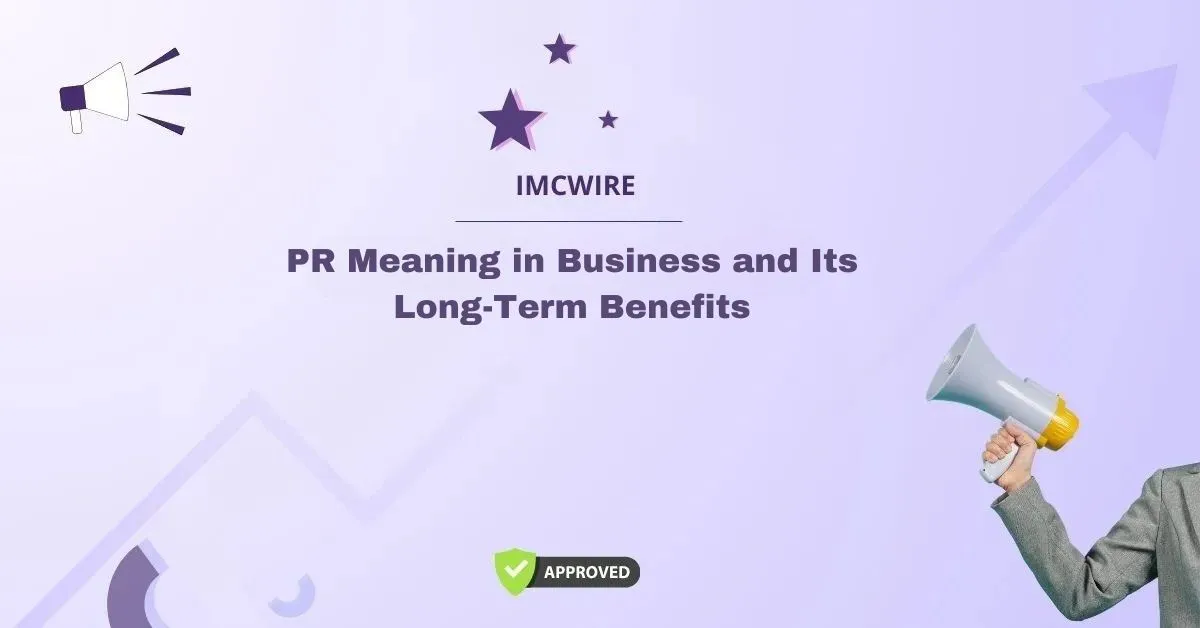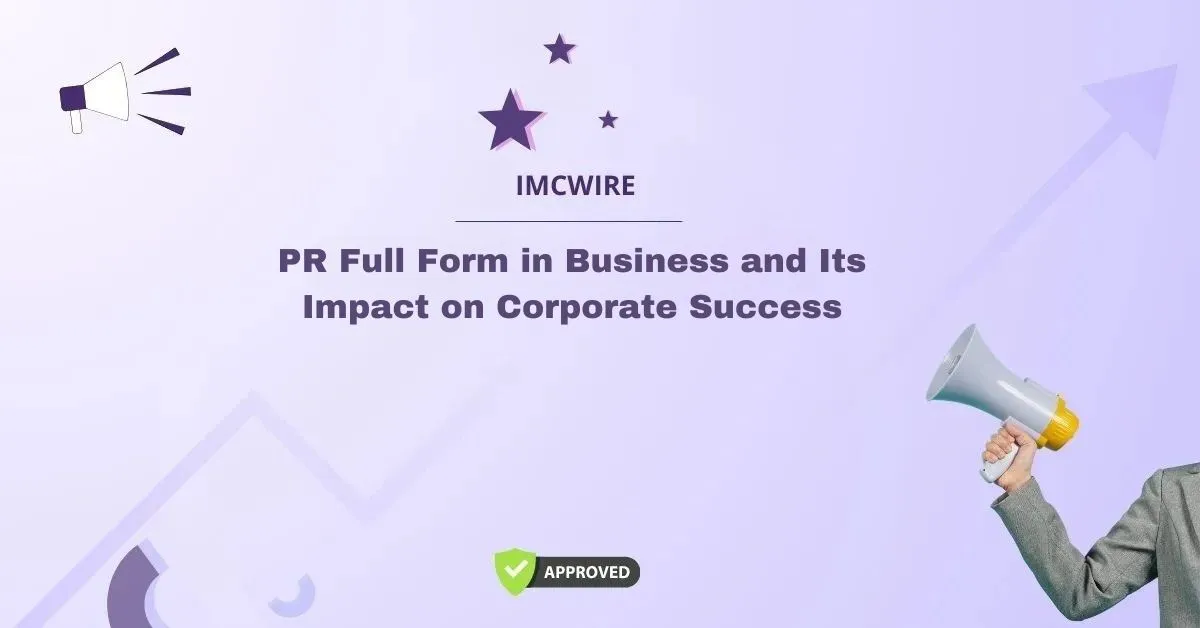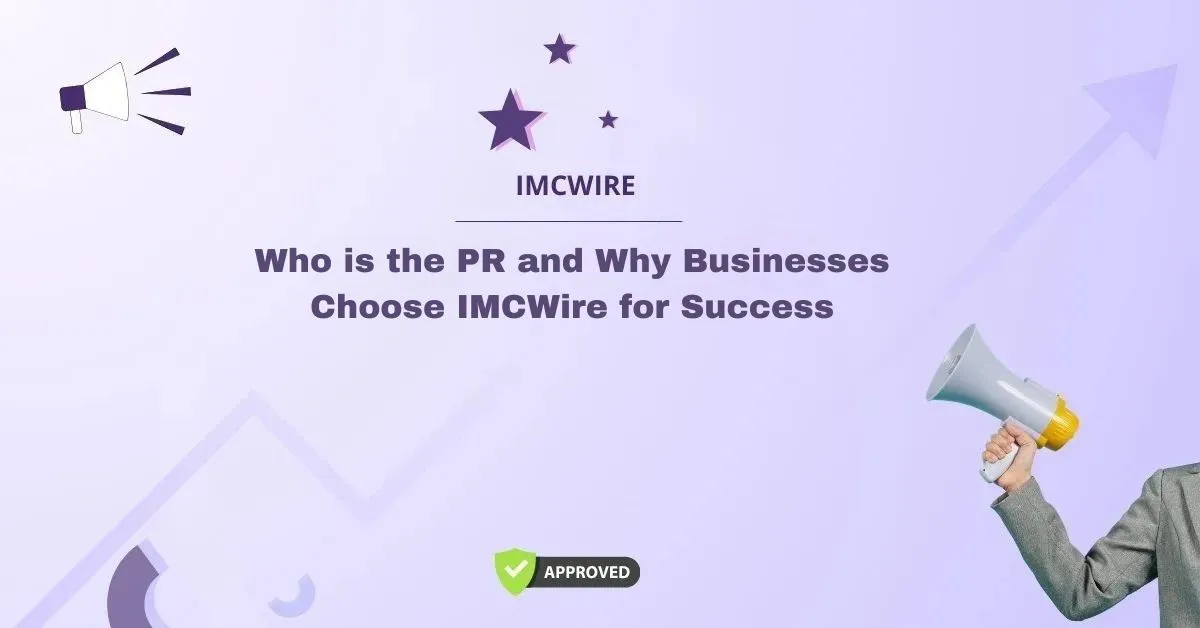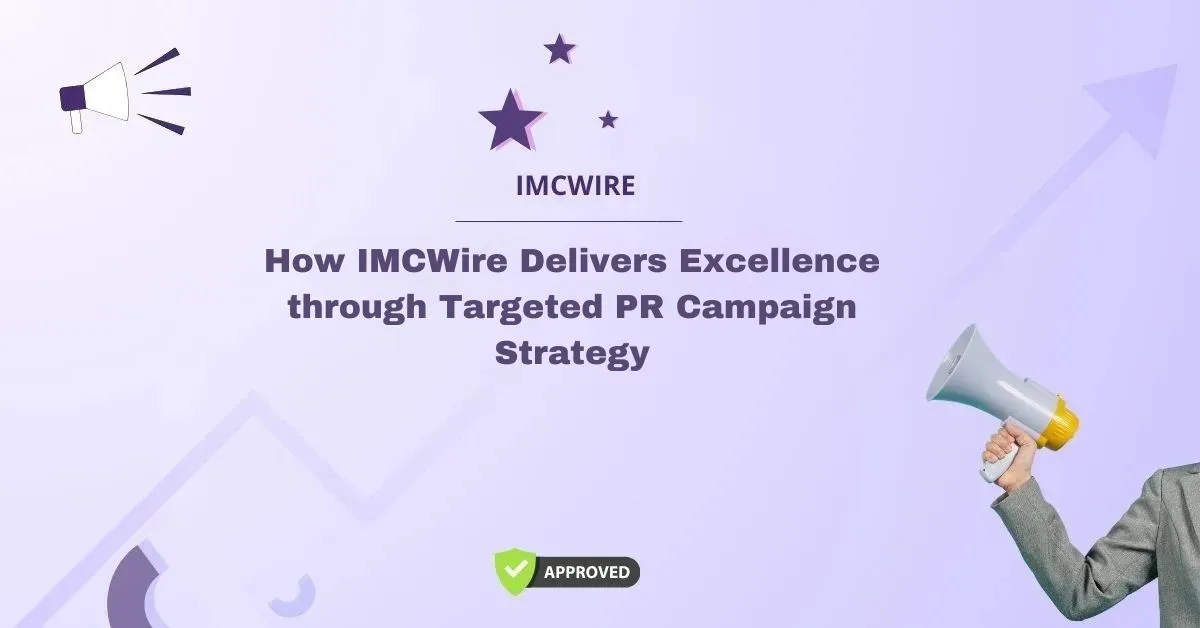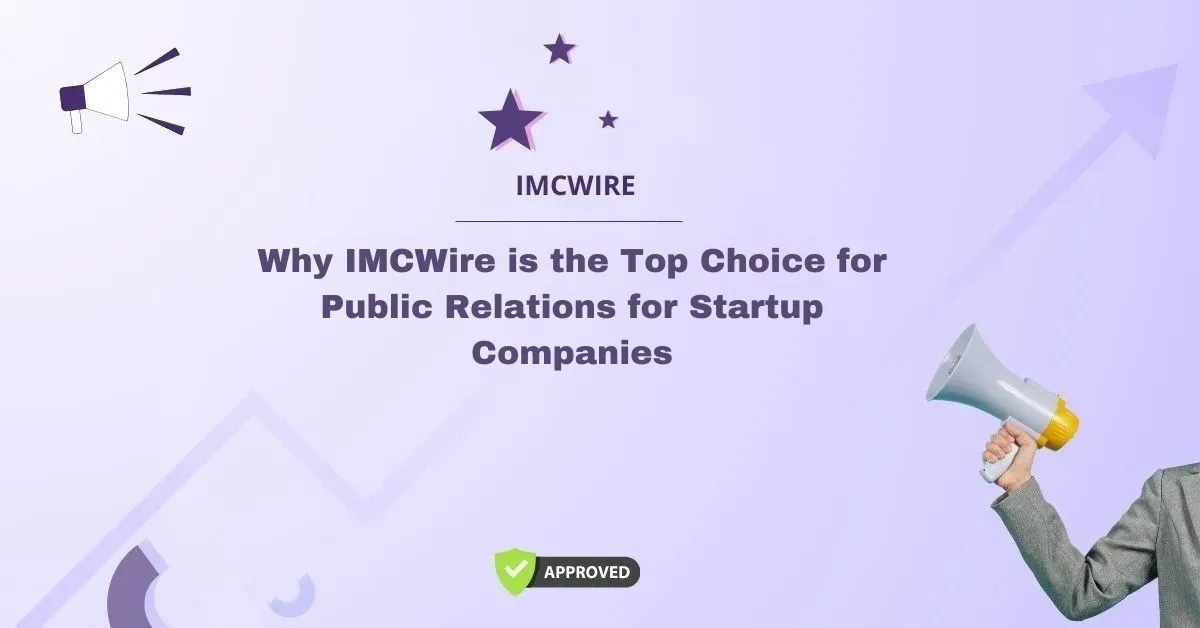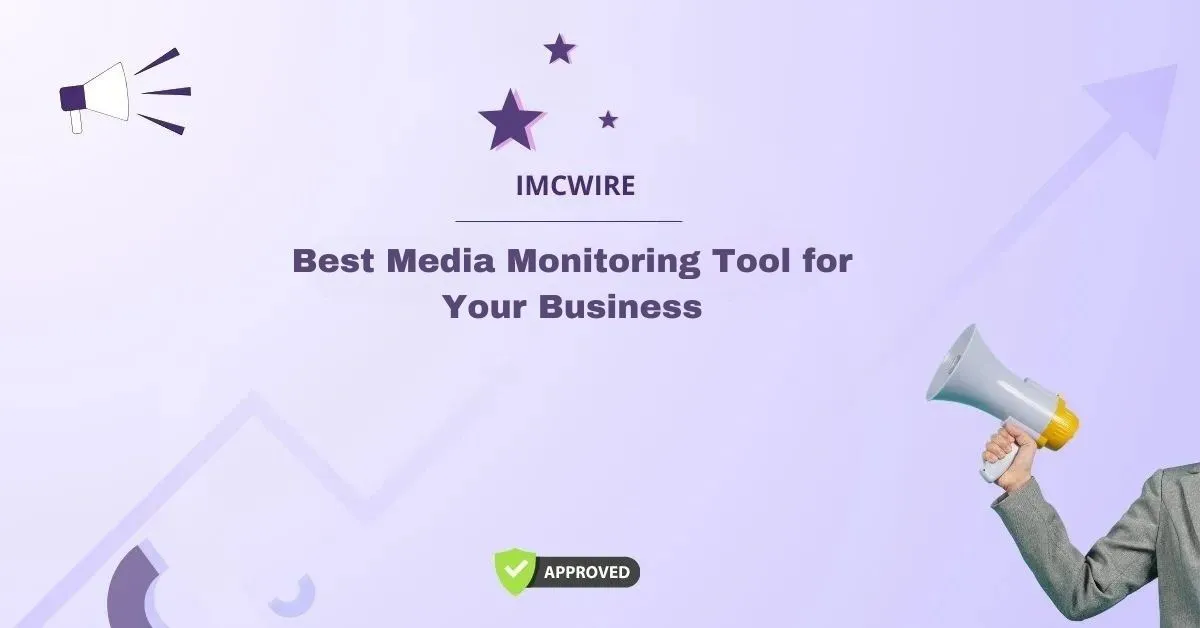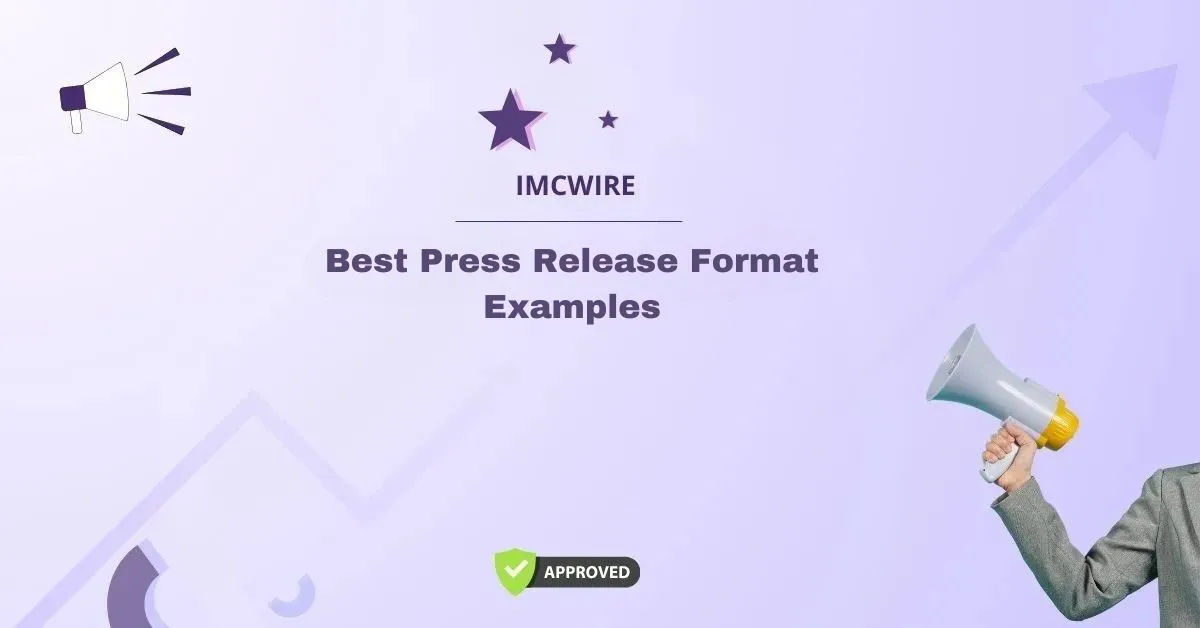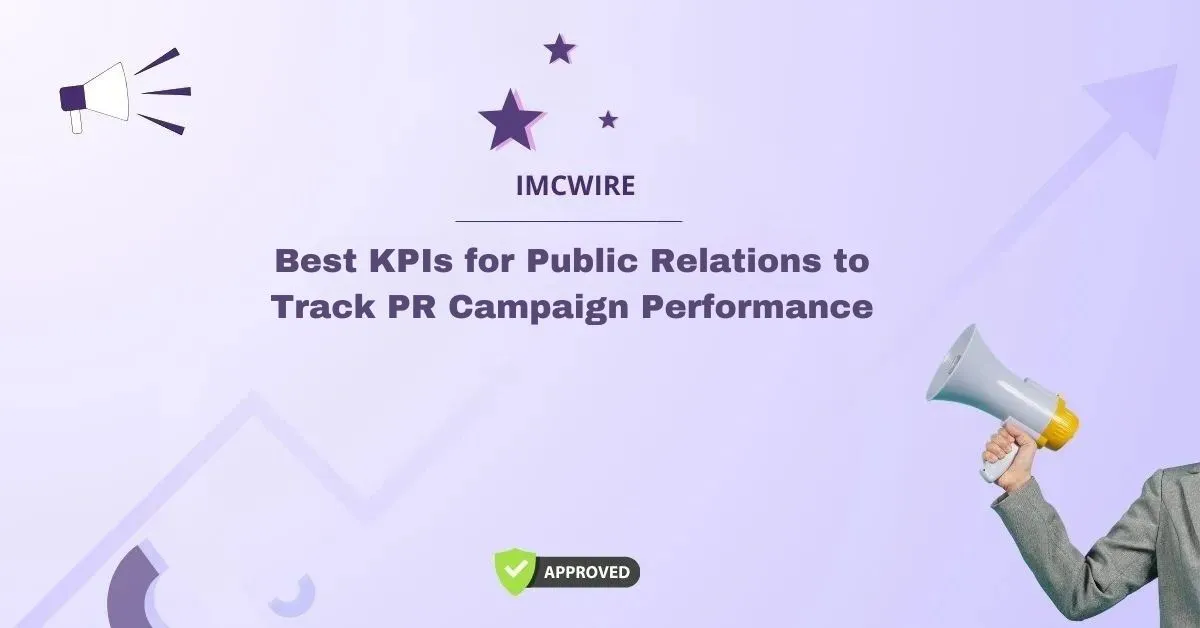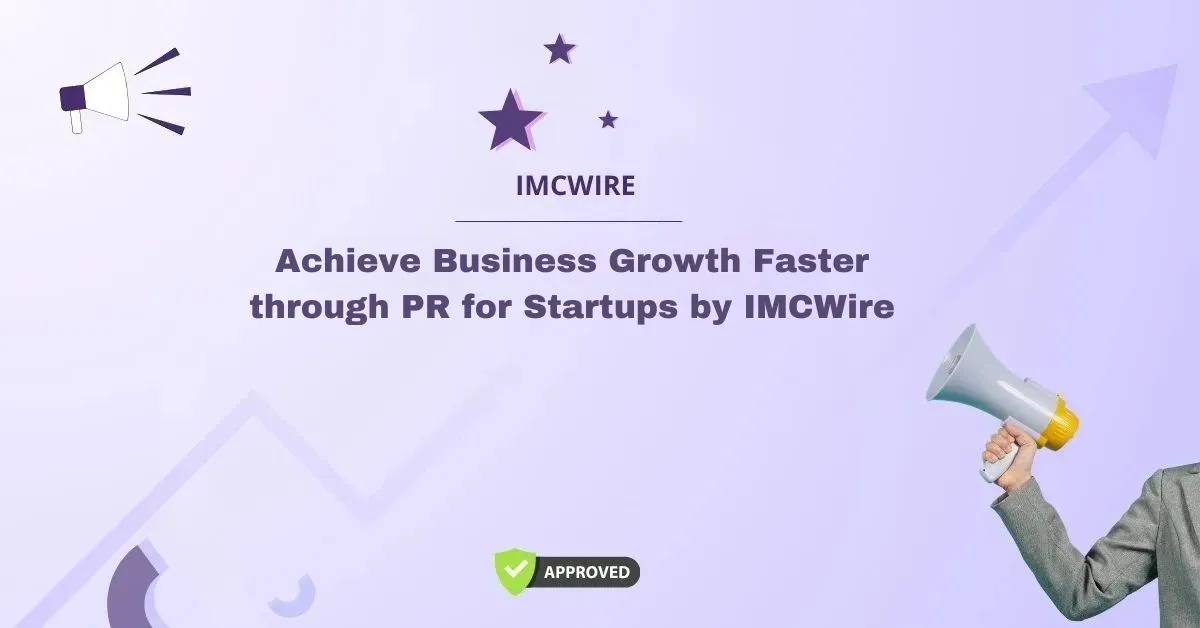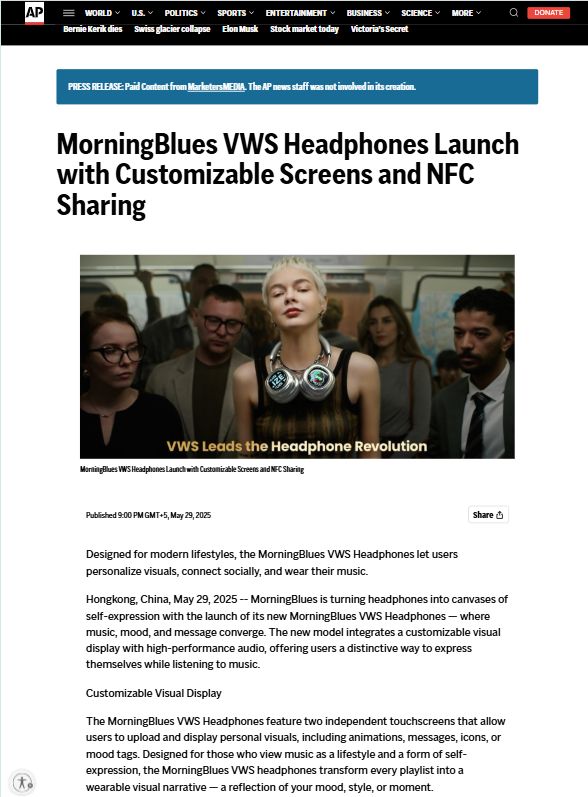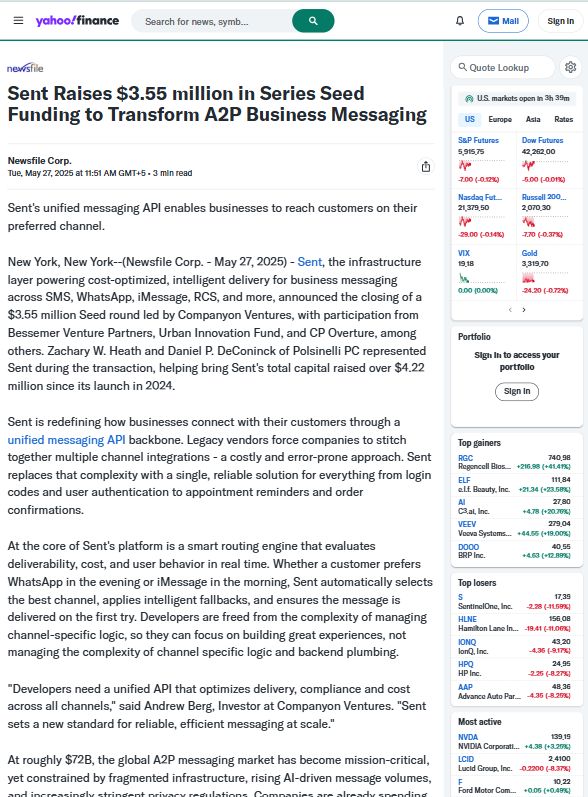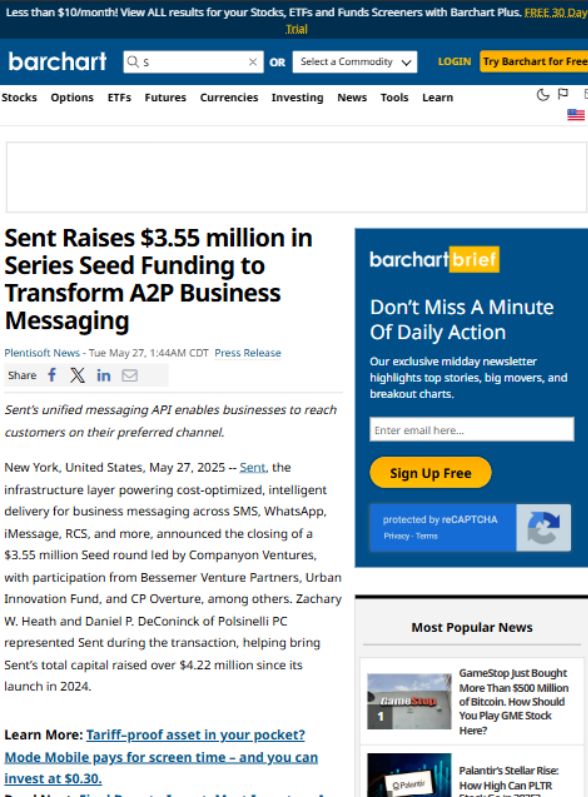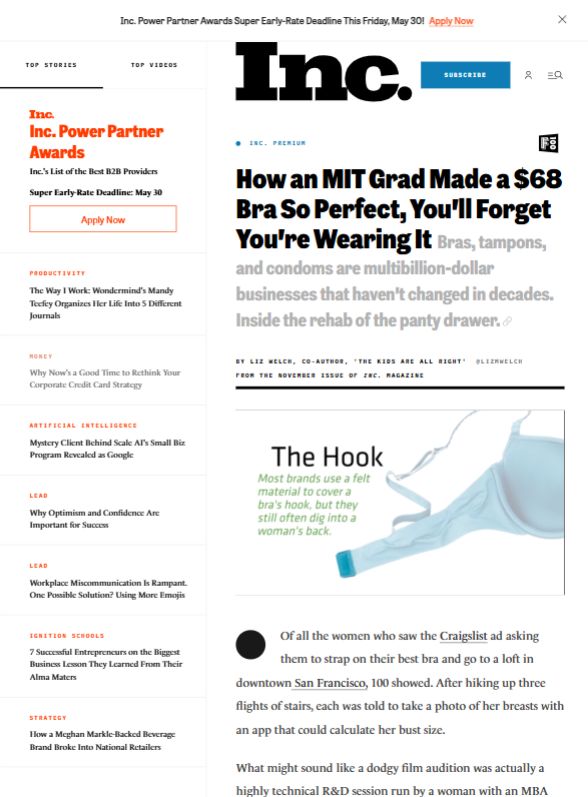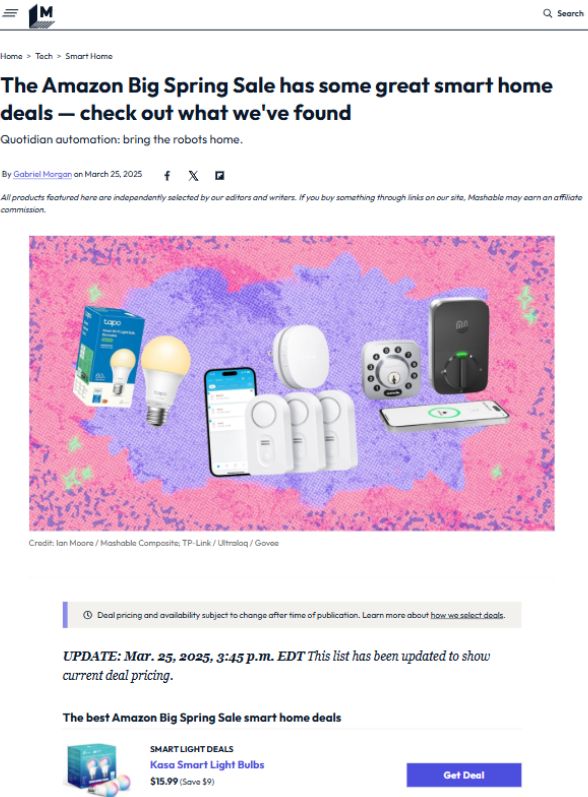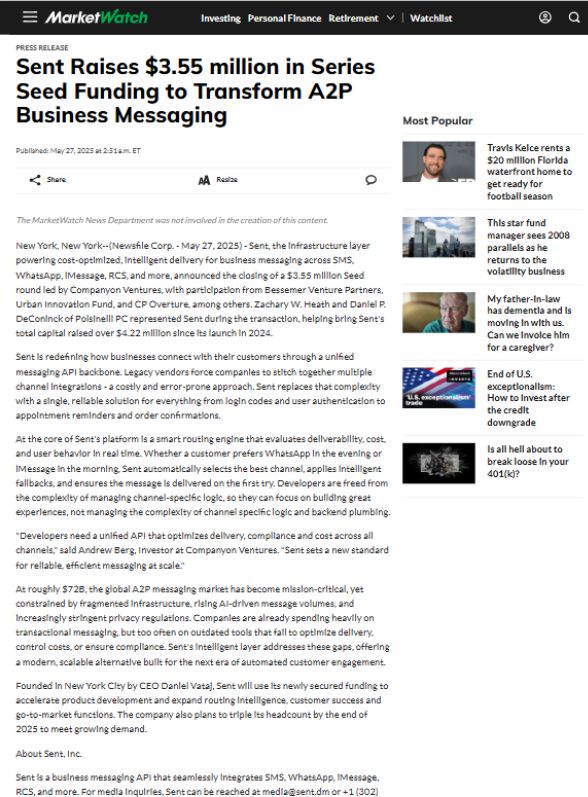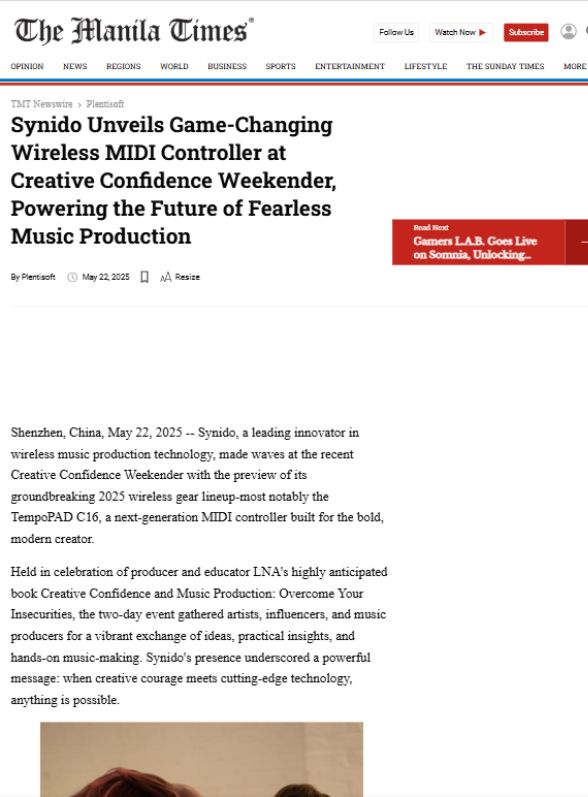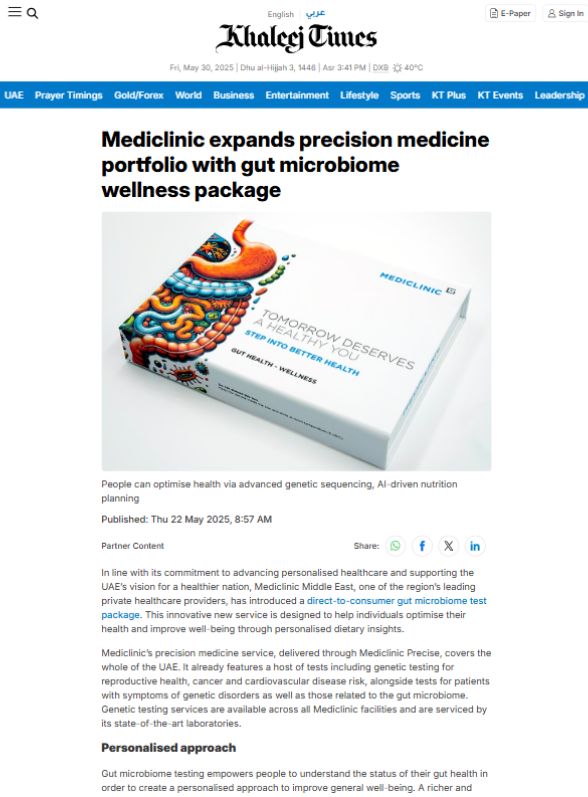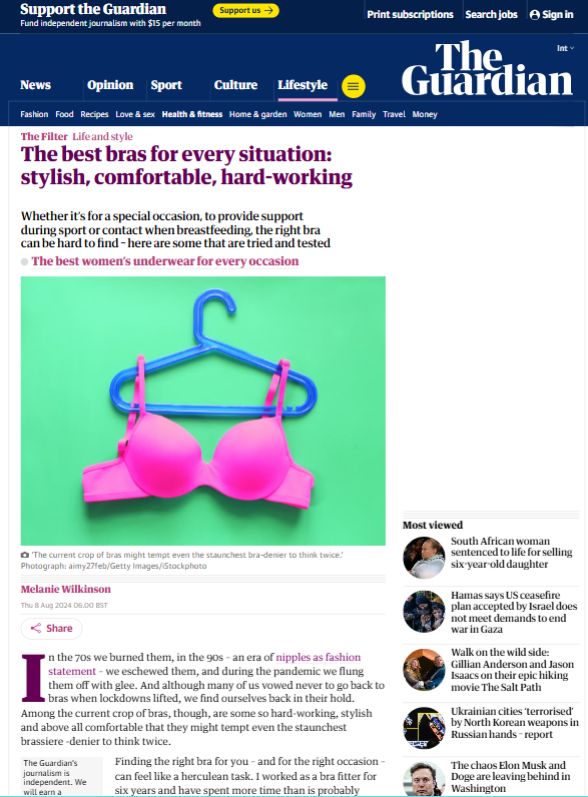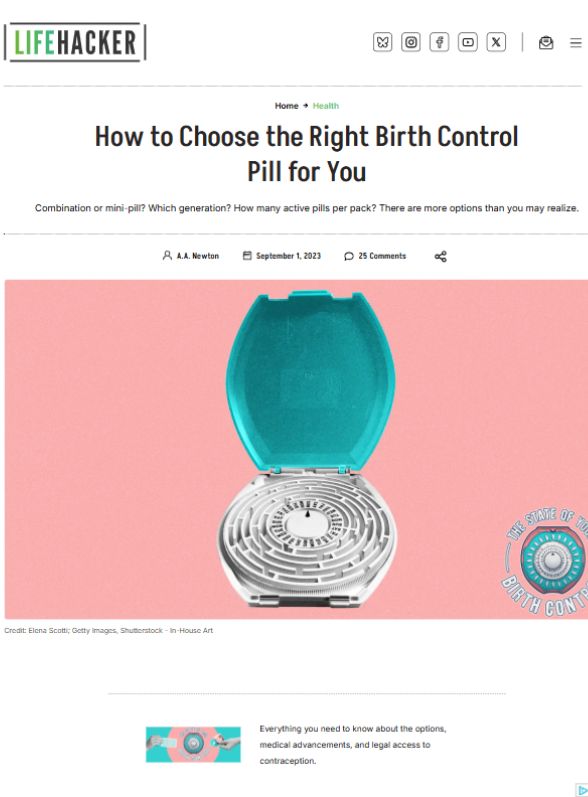In today’s fast-paced digital landscape, communicating effectively with the media and the public is more important than ever. Whether you’re launching a product, announcing a partnership, or responding to a crisis, the way your message is framed can significantly influence how it is received. This is where press releases and news releases come into play. Often used interchangeably, these terms are closely related—but do they mean the same thing? In this detailed article, we explore the key differences and similarities between a press release and a news release, and why understanding these nuances matters for professionals in media, marketing, and public relations.
Table of Contents
Defining the Terms: Press Release vs News Release
At first glance, the terms “press release” and “news release” may appear synonymous. Both are written statements distributed to journalists and media outlets with the goal of generating coverage. But subtle distinctions exist, especially in usage, tone, and audience.
Press Release
A press release is traditionally aimed at journalists and members of the press. It’s a formal document crafted with the intent to influence newsrooms and editors. Historically, press releases were sent to newspapers, magazines, and television networks in a format that closely followed journalistic standards.
News Release
On the other hand, a news release serves a broader audience. While still intended for media coverage, it is also designed with the general public in mind. News releases may be distributed through online platforms, company websites, social media, or wire services like IMCWire to reach consumers directly.
Though the difference is subtle, choosing the appropriate term and format can impact how your message is perceived and distributed.
Historical Context: Why the Terms Diverged
The term “press release” dates back to a time when printed media was the dominant force in news dissemination. PR professionals would literally send information to the “press”—newspapers and magazines. As communication evolved to include digital channels, blogs, and online news portals, the concept of the “news release” emerged to reflect the broader scope of distribution.
In recent decades, the rise of online wire services and self-publishing platforms has blurred the lines between these two terms. Nonetheless, media-savvy professionals understand that context, audience, and intent still play key roles in choosing the right format and terminology.
Structural Differences: How Format Sets Them Apart
While press releases and news releases are often structurally similar, their formats may differ based on the intended recipient and distribution channel.
Typical Press Release Structure:
- Headline
- Sub-headline
- Dateline
- Lead paragraph (who, what, when, where, why)
- Supporting body paragraphs
- Company boilerplate
- Contact information
News Release Structure:
- Engaging headline (consumer-focused)
- Informative lead paragraph
- Simplified structure
- Multimedia assets (photos, videos, links)
- Call to action
Because news releases are more public-facing, they often include multimedia content and SEO-optimized text. In contrast, press releases focus more on industry-specific language and journalistic conventions.
Distribution Methods: Reaching Your Audience
Another major difference between a press release and a news release lies in how they are distributed.
Press Releases
These are typically distributed directly to journalists or through traditional wire services like IMCWire. The goal is to pitch a story to media professionals who may decide to write an article or conduct an interview based on the information provided.
News Releases
These are usually published on the company’s website, social media platforms, or distributed through online channels and newswire services that syndicate content to a larger audience. The goal here is direct public engagement and online visibility.
Understanding these channels can help marketers and PR specialists maximize the impact of their announcements.
Audience and Tone: Who You’re Talking To
Audience dictates tone. A press release uses a professional and formal tone, assuming the reader has journalistic knowledge and is looking for a credible story angle. It avoids marketing language and focuses on hard facts.
A news release, however, may use a slightly more conversational tone and include marketing elements such as customer quotes, testimonials, or calls to action. It’s designed to engage the public while still conveying important company updates.
SEO and Digital Strategy: Modern Optimization Practices
In the digital era, SEO (Search Engine Optimization) plays a critical role in the success of your messaging. This is particularly true for news releases, which are more likely to be discovered by search engines and shared across digital platforms.
News Releases:
- Include target keywords
- Hyperlink relevant content
- Use hashtags and tags
- Embed multimedia for engagement
- Include a clear CTA (Call to Action)
Press Releases:
- Focus more on newsworthiness and objectivity
- Less optimized for search engines
- Written for re-publication by journalists
By integrating SEO strategies into your news release, you can boost online visibility, drive traffic, and enhance brand reputation.
Use Cases: When to Choose Which
Understanding when to use a press release vs news release depends on your goals and audience.
Use a Press Release When:
- Announcing financial results
- Sharing official statements
- Addressing crises or regulatory updates
- Reaching industry analysts or stakeholders
Use a News Release When:
- Launching a new product
- Promoting a marketing campaign
- Announcing public events
- Engaging with consumers directly
Matching the release type with your campaign goal ensures better results and minimizes miscommunication.
The IMCWire Advantage
IMCWire offers powerful tools for both press releases and news releases. With customizable distribution options, SEO support, and multimedia embedding, IMCWire enables brands to amplify their message across the right channels.
Our platform supports:
- Targeted media outreach
- Industry-specific journalist lists
- High-authority website distribution
- Comprehensive analytics and reporting
Whether you’re preparing a traditional press release or a consumer-oriented news release, IMCWire empowers your communication with the reach and reliability you need.
Common Misconceptions
One of the most common misconceptions is that press releases and news releases are interchangeable. While they do share many characteristics, professionals in PR, marketing, and media understand that each has distinct strengths.
Another myth is that either format is outdated. In reality, both continue to play vital roles in modern communication strategies. What has changed is how they are written, formatted, and distributed.
Writing Tips for an Effective Release
Whether crafting a press release or a news release, keep the following tips in mind:
- Start Strong: Your headline and lead paragraph should immediately grab attention.
- Keep It Concise: Avoid fluff. Get to the point quickly.
- Use Quotes Wisely: Include impactful quotes from key stakeholders.
- Include Visuals: Especially for news releases, adding images or videos increases engagement.
- Proofread Thoroughly: Spelling or factual errors can undermine your credibility.
- Optimize for Search (if applicable): Include relevant keywords to help your content rank.
Final Thoughts: Choosing the Right Tool for the Job
At the end of the day, the choice between a press release and a news release depends on your communication goals. A press release offers credibility and influence within the media. A news release delivers visibility and engagement with the broader public. Both formats have their place in a well-rounded communication strategy.
By understanding their differences and applying them appropriately, you position your organization for greater media coverage, stronger brand recognition, and enhanced trust among your target audiences.
With IMCWire, you have the tools, expertise, and distribution network to leverage both formats to their fullest potential. Whether you’re trying to inform the media or engage the public, IMCWire ensures your message is delivered effectively.

